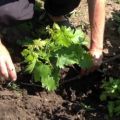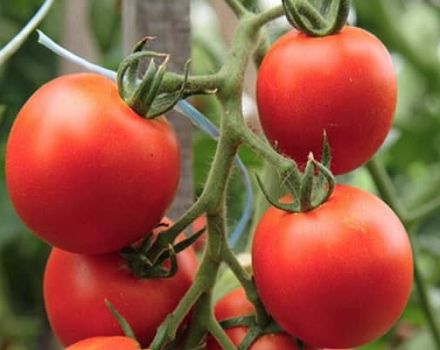When and how to properly transplant an apricot to a new place and tree care rules
When growing apricots, many gardeners are faced with the need to transplant trees. In order for the seedlings to take root in a new place and continue their development, you need to know how to properly perform the procedure and when to transplant apricot trees. The nuances of transplanting depend on the season, crop variety, atmospheric conditions and the state of the soil in the garden.
Transplant timing
The further development of the tree and its fruiting depends on the timing of planting apricots in a new place.... At different times of the year, the timing of transplanting changes taking into account the surrounding conditions and the current stage of growth of the seedling.
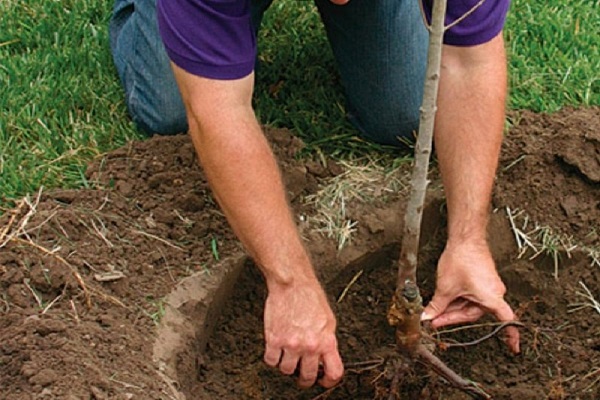
In the spring
Transplanting trees in the spring is performed after the snow melts. The advantage of transferring seedlings at the beginning of spring is high survival rate due to the constant increase in ambient temperature. Performing the procedure in the spring, it is worthwhile to familiarize yourself with the forecast for a long period in advance, so as not to transplant the seedling if there are risks of a return of cold weather.
In autumn
Autumn transplantation is carried out a month before the expected first frost. It is necessary to wait until the foliage has completely fallen off, when the tree is in the dormant stage. A tree planted in the fall takes root densely during the winter and begins to grow actively with the onset of warming.
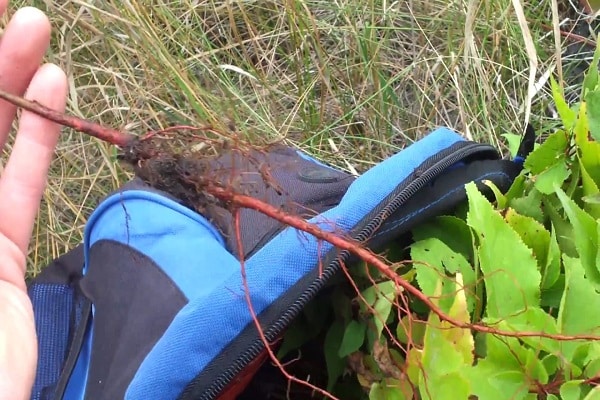
Transplant features
In order not to damage fragile shoots and increase the likelihood of large fruiting, it is necessary to take into account a number of nuances of the procedure. It is important to properly prepare the site and follow the transplant instructions.
Seedling preparation
A few hours before transferring the tree, it is watered abundantly so that the earth adheres to the root system. This is necessary so as not to damage the roots with a shovel during digging.
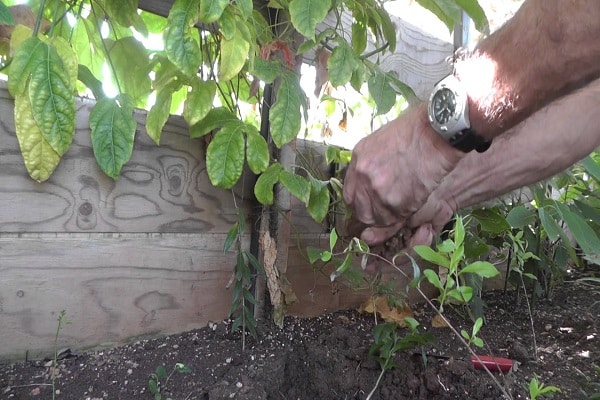
Site preparation
It is recommended to plant apricots in permanently lit areas, protected from drafts. A month before the transplant, it is necessary to dig a hole and add superphosphate as top dressing. With a high acidity index, liming is required.
Process description
To plant trees, follow simple instructions. It involves the following actions:
- Place the seedling in the prepared hole.
- Sprinkle with fertile soil.
- Water the soil for rooting and further intensive growth.
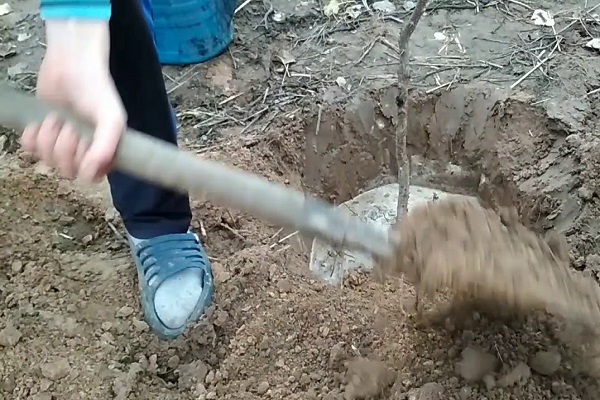
Care of transplanted seedlings
Proper care of seedlings transferred to a new place helps to ensure the fruiting of apricots.At the first time after transplanting, increased attention to seedlings is required, since it is necessary that they adapt to new conditions.
Watering
The frequency of watering apricots depends on the season. After the autumn transplant, it is necessary to water the tree immediately, but further watering in anticipation of winter can lead to root rot. In the spring, the crop requires frequent watering, which contributes to the survival of the seedling.
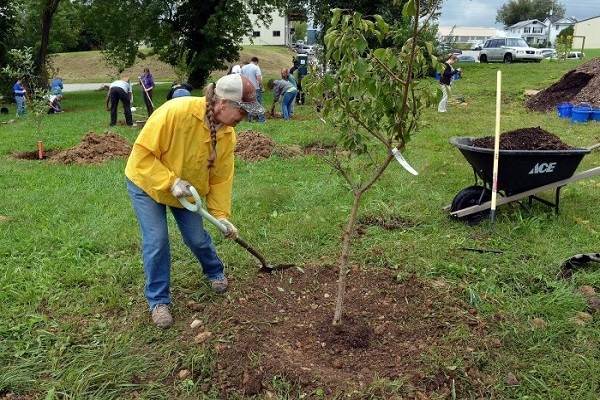
Pruning
Trimming the crown helps to reduce the thickening of the foliage. The elimination of decaying and dry leaves and branches in early spring promotes the appearance of new shoots, and also has a beneficial effect on fruiting.
Pests and diseases
After planting apricots in a permanent place, it is necessary to fertilize the earth with superphosphate and ammonium nitrate. Top dressing will ensure rapid growth and ripening of large fruits. DTo scare away harmful insects and prevent the development of diseases, nitrogen fertilization or treatment with Bordeaux liquid is required.





